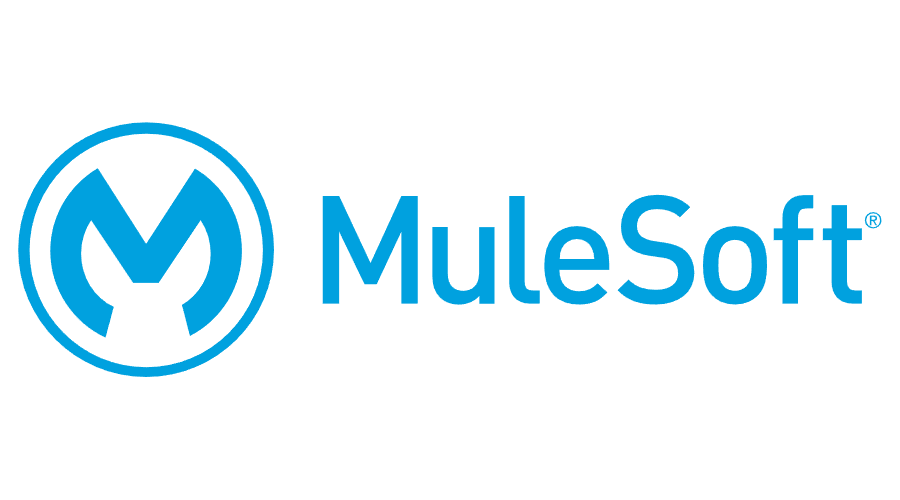An ESB software (Enterprise Service Bus) allows us to integrate different applications in order to simplify the communication of different technologies through different transport protocols and directed by actions or events without jeopardizing the security of our platform.
At Rootstack, with the aim of supporting companies to communicate their infrastructure in the most intelligent and secure way, we have a team of engineers certified in MuleSotf which is an open-source ESB software with a service-oriented architecture (SOA) that allows us to create applications through the creation of services that will be consumed by the rest of applications.

Why implement an ESB platform like MuleSoft?
That is why when we talk about Mulesoft we talk about an ESB tool that is characterized by high scalability which translates into growth over time connecting different applications, hosting services to be consumed by other applications so that they can be reused, routing the rules-based services, and more ...
To be more clear about the Mulesoft concept, it seeks to integrate business processes transparently with the goal of having them completely decoupled. These integrations are possible thanks to a Bus that its function is to mediate between the different services of the company to connect them to each other through protocols/rules.
For this reason, the implementation of an ESB platform is recommended when we seek to integrate business processes in companies as it allows us to standardize communication between different technologies without rudimentary integration processes that make our platform vulnerable and scalable.
Currently, there are many companies worldwide that have implemented ESB tools as is the case of Siemens manufacturing and electronics company, which with MuleSoft took advantage of APIs to unblock services in silos and data that reside within their legacy IBM mainframes, and to expose this data to your network of service providers.
This approach has allowed mobile and web applications to consume this information, which contributes to a superior experience for suppliers and customers while maintaining the integrity of information through rules.
In addition, Siemens has been able to reuse these APIs to expose energy consumption data to regulatory authorities in real-time, eliminating the need to prepare and send reports manually.
With MuleSoft, Siemens has achieved:
- Increased project delivery speed by 50%.
- They reduced the amount of time required to deliver new projects in half.
- They have helped the business to innovate quickly and redefine how energy is consumed.
We recommend you on video:

